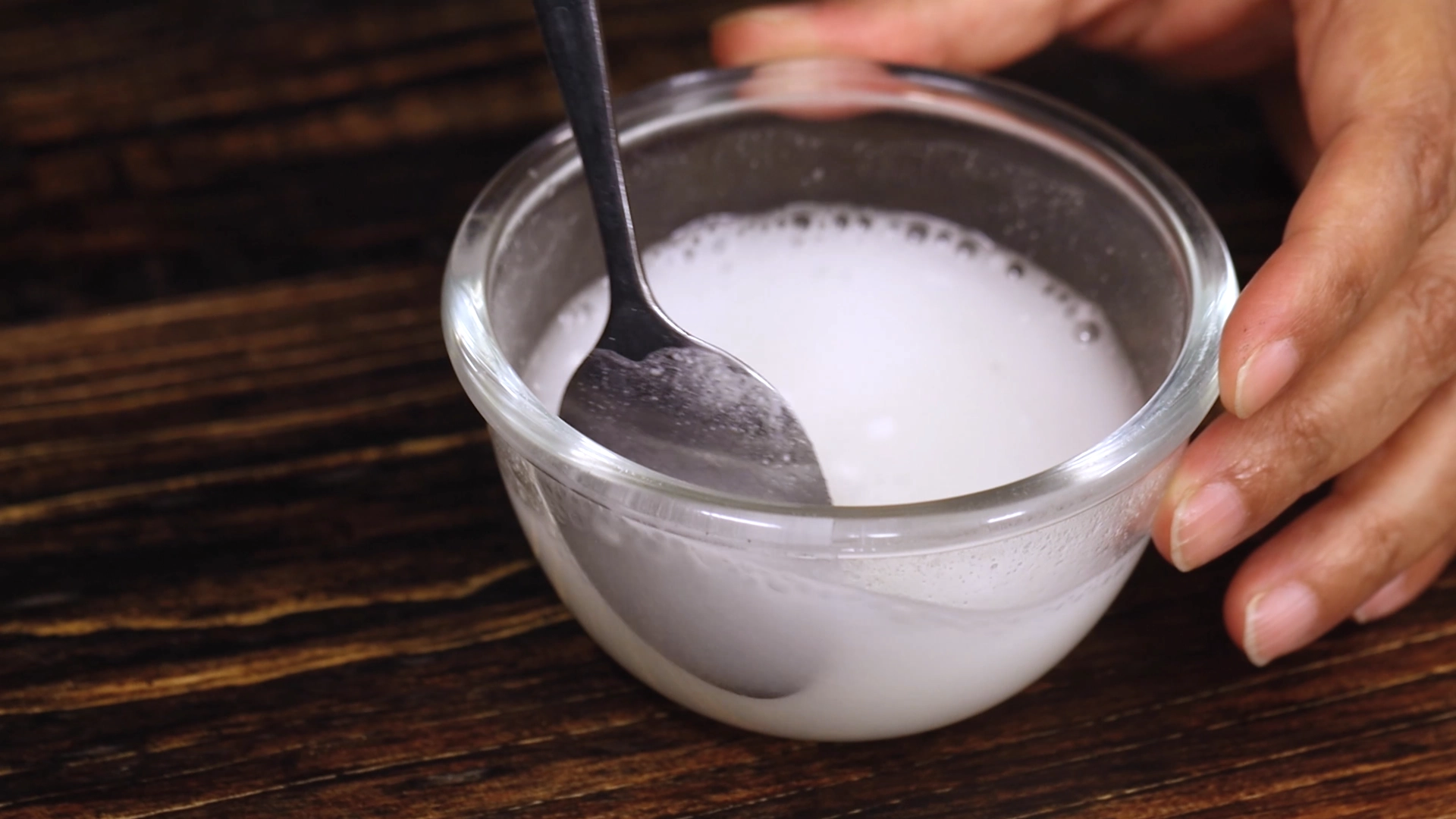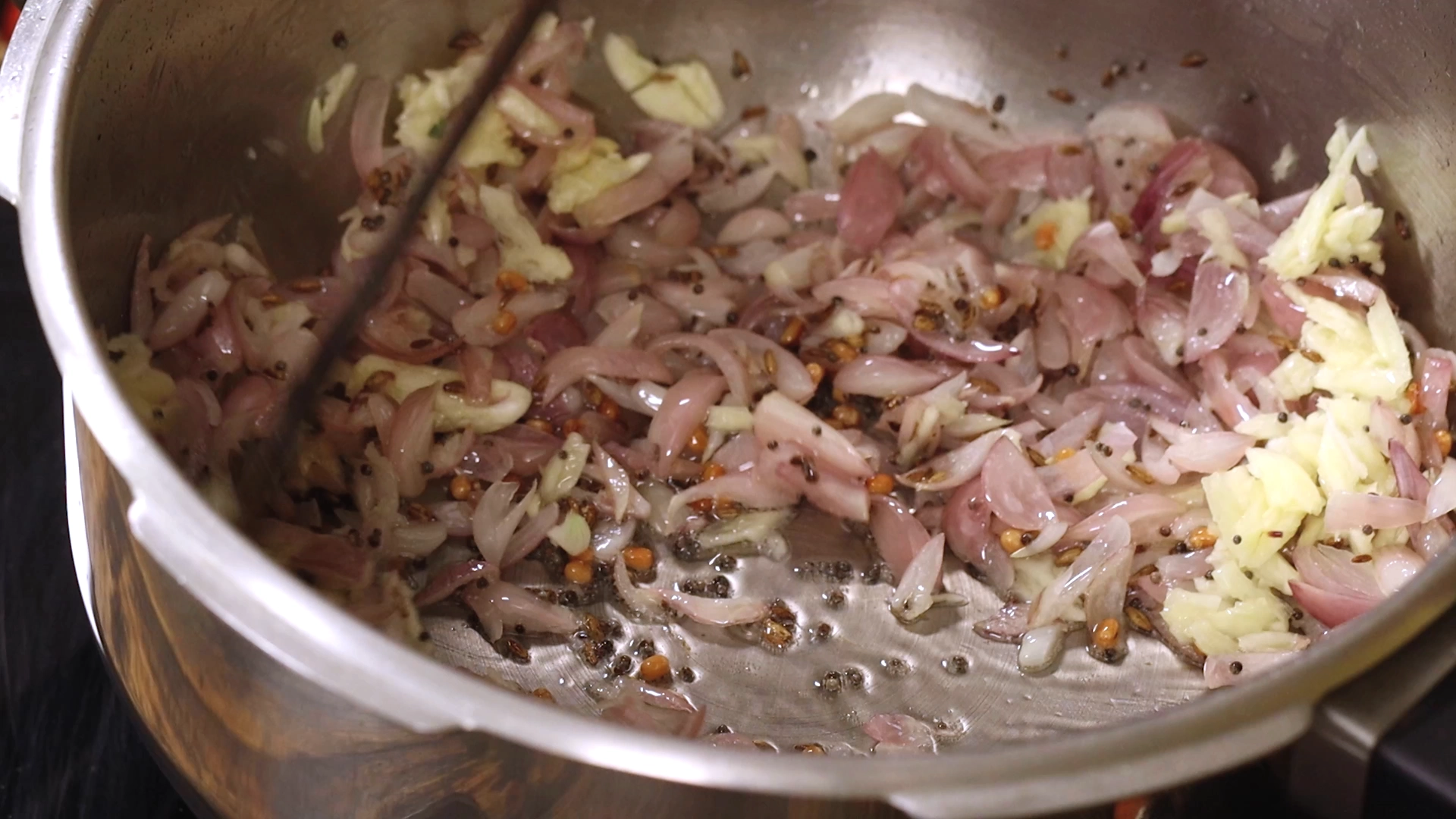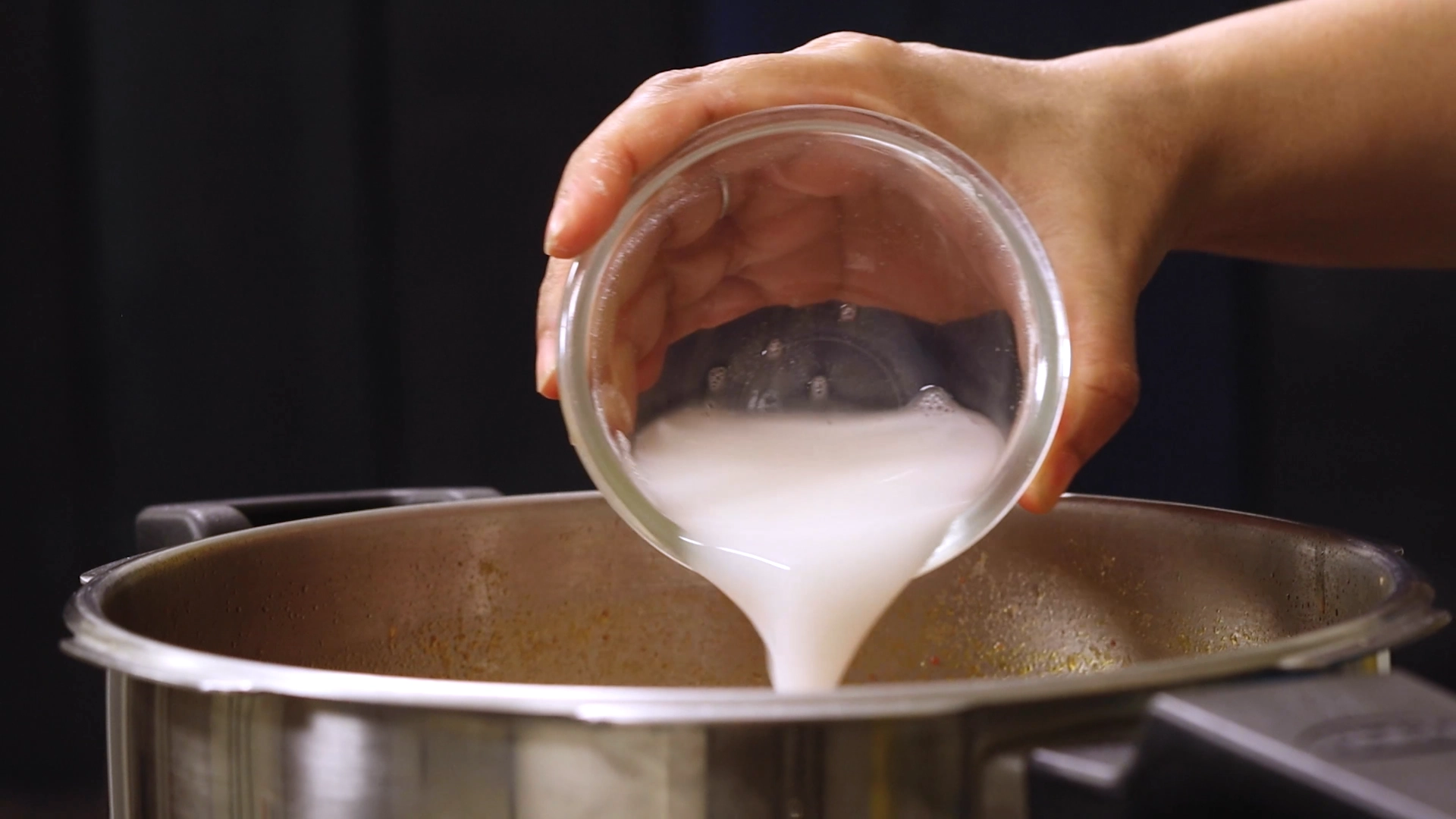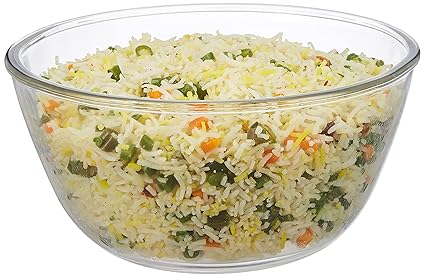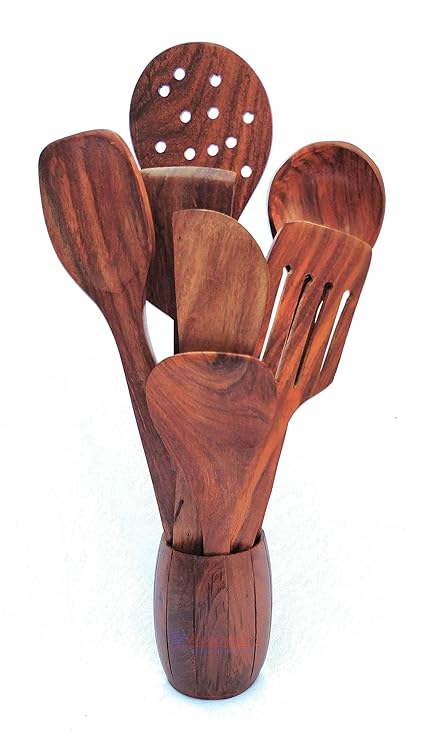There’s something magical about a slow-simmered tomato curry — especially when it’s done the South Indian way. This thakkali kadayal, or mashed tomato curry, isn’t your typical spicy sabzi. It’s tangy, comforting, and almost stew-like in texture, making it perfect with hot rice or even as a dip for dosa.
This curry gets its name from the Tamil word “kadayal”, which means mashed or crushed. That’s exactly what you get — soft, stewed tomatoes that melt into the spices, thickened just slightly with a rice flour slurry for body. It’s earthy, homely, and deeply satisfying.
Shallots and garlic form the flavor base here, lending sweetness and depth to balance the tartness of the tomatoes. A touch of sambar powder, cumin, mustard seeds, and a handful of curry leaves bring in that classic Tamil Nadu flair. This is weekday comfort food at its finest.
Why This Dish Belongs on Your Table
Tomato curry is the definition of fuss-free. You don’t need fancy ingredients — just ripe tomatoes, a few Indian pantry staples, and a small pressure cooker. It comes together quickly but feels slow-cooked, thanks to how the flavors bloom with time. If you’re someone who loves rice-based meals and needs something quick but nourishing on the side, this curry checks all the boxes.
It’s also naturally vegan and light on oil, making it a great option for anyone following a plant-based or low-fat diet.
What Goes Into It
This is a classic pantry win. The backbone is ripe tomatoes, which get softened in a base of sautéed shallots, garlic, and green chillies. Mustard seeds and cumin lend that South Indian tempering pop, while sambar powder and coriander powder bring warmth and complexity. A pinch of asafoetida (hing) enhances digestion and adds a unique savory note.
To thicken the curry, we use a simple rice flour slurry, a traditional method that keeps the dish gluten-free and gives it a beautiful, pourable consistency without adding cream or coconut milk.
💡 Pro Tip: If you don’t have shallots, swap them for small regular onions — but shallots bring the best sweetness and texture.
The Cooking Process
Start by heating oil in a small pressure cooker — a mix of neutral oil works great here. Toss in urad dal, mustard seeds, and cumin seeds. As soon as the mustard seeds start popping, stir in the finely chopped shallots and sauté them till they soften.
Crush a few garlic cloves and add them next, followed by sliced green chillies and fresh curry leaves for that fragrant lift. Then, in go the tomatoes — juicy, chopped, and ready to break down.
Sprinkle in the seasoning: rock salt, chilli powder, sambar powder, coriander powder, and a little asafoetida. Add a bit of water to help it all mingle, then pressure cook it just for 2 whistles. That’s enough to soften everything beautifully.
Once the pressure releases, open the lid and mash everything gently. A few pulses with the back of a spoon or ladle is all it takes. Mix a little rice flour in water and pour that into the curry while it’s simmering. It thickens almost instantly. Finish with chopped coriander leaves for a fresh, herbal touch.
What to Serve With Tomato Curry
This is a dish made for steamed rice. Its slightly tangy, savory nature soaks into the rice beautifully. You can pair it with papad, potato fry, or even a side of curd or plain dal for a comforting plate. It also goes surprisingly well with soft dosas, idlis, or kuzhi paniyarams for a cozy brunch.
How to Serve It Right
Serve it warm, ideally freshly made. Pour it generously over hot rice, and drizzle a bit of ghee or sesame oil on top if you’re not strictly vegan. Add a crunchy element on the side — like potato chips or a papad — and you’ve got a perfect Tamil-style lunch.
Packing & Storage Tips
This curry stores well for up to 2 days in the fridge. Since it has no coconut or dairy, it travels well too — great for packed lunches. If you’re carrying it, pack it in a leak-proof container and keep the rice separate to avoid sogginess.
Cooking for a Crowd?
You can easily scale this recipe — just maintain the tomato-to-onion ratio, and use a bigger pressure cooker or a pot with a lid. It’s a great make-ahead option for get-togethers or pooja lunches. The flavors actually deepen after a few hours, making it even better.
Tomato Curry
Ingredient
Instructions
Prep Work
-
Chop the shallots
Peel and finely chop the shallots.
-
Crush the garlic
Lightly crush the garlic cloves. -
Slice the chilies
Cut the green chilies into thin slices. -
Chop the tomatoes
Roughly chop the tomatoes. -
Make rice flour slurry
Mix rice flour with water until smooth.
Method
-
Heat the oil
In a cooker, heat oil until warm.
-
Temper the spices
Add urad dal, mustard seeds, and cumin seeds. Let mustard seeds splutter. -
Sauté shallots & garlic
Add chopped shallots and crushed garlic. Sauté until soft. -
Add chilies & curry leaves
Toss in sliced green chilies and curry leaves. Stir for a few seconds. -
Cook tomatoes
Add chopped tomatoes and stir well. -
Season the curry
Add rock salt, chili powder, sambar powder, coriander powder, and asafoetida. Mix well. -
Add water & pressure cook
Pour water, mix well, close the cooker and cook for 2 whistles. -
Mash the tomatoes
Open the cooker and mash the tomatoes with a ladle. -
Add rice flour slurry
Pour in rice flour slurry and mix well. Let it simmer.Check and adjust the seasoning if required. -
Garnish & serve
Stir in chopped coriander leaves and serve hot.
Nutrition Facts
Servings 4
- Amount Per Serving
- Calories 180kcal
- % Daily Value *
- Total Fat 9g14%
- Saturated Fat 1.5g8%
- Sodium 460mg20%
- Potassium 500mg15%
- Total Carbohydrate 22g8%
- Dietary Fiber 5g20%
- Sugars 6g
- Protein 4g8%
- Vitamin A 1000 IU
- Vitamin C 25 mg
- Calcium 40 mg
- Iron 1.5 mg
* Percent Daily Values are based on a 2,000 calorie diet. Your daily value may be higher or lower depending on your calorie needs.




